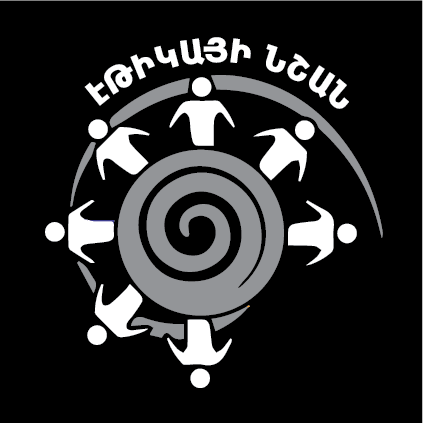A new XBB.1.5 subvariant of the “Omicron” variant of COVID-19 has been discovered in Armenia.
The Fact Investigation Platform looked into what features this new subvariant has and what updates there are about the COVID-19 pandemic in general.
XBB.1.5 ‘Kraken’ subvariant
The “Omicron” variant of COVID-19 began to spread at the end of 2021. Omicron is considered a milder and more manageable variant, and mortality is reported to be lower than in the case of other strains. The symptoms of Omicron are similar to those of the common cold and flu, and unlike other variants of COVID-19, loss of sense of taste and smell or high fever are less common.
The World Health Organization reports that although “Omicron” is considered a milder variant of COVID-19, the disease can still be severe and fatal. Elderly and unvaccinated people may have a severe course of COVID-19 when exposed to Omicron variant.
Later, experts discovered new mutations of Omicron. From 2023, the XBB.1.5 “Kraken” subvariant of “Omicron” became active. As of now, it is the fastest spreading variant of COVID-19.
In Scandinavian mythology, Kraken is a huge multi-tentacled sea monster that resembles a giant octopus. Some scientists refer to the XBB.1.5 subvariant as the “Kraken” in reference to its ability to spread rapidly. The WHO has also expressed concern about the ability of XBB.1.5 to spread more rapidly than other Omicron subvariants.
The symptoms of XBB.1.5 are similar to those of previous Omicron subvariants. Most people experience cold-like symptoms. According to the WHO, there is no indication that it is more dangerous than other subvariants of Omicron.
COVID-19 situation in the world
According to Worldometer, since the spread of the COVID-19 pandemic, 684 million 161 thousand people have been infected with the disease, and more than 6 million 833 thousand people have died. The WHO reports that the death toll may actually be higher.
Director General of WHO Tedros Adhanom Ghebreyesus said at a press conference on March 17 that the current situation in terms of morbidity is the best since the beginning of the pandemic, emphasizing that for the first time in the last four weeks, the number of weekly deaths recorded is lower than in 2020. “I’m confident that this year we will be able to say that COVID-19 is over as a public health emergency of international concern. We are not there yet. Last week, there were still more than 5,000 reported deaths. That’s 5,000 too many for a disease that can be prevented and treated.”
Globally, there were nearly 3.6 million new cases and more than 25,000 deaths between February 27 and March 26, down by 27% and 39%, respectively, compared to the previous 28 days.
At the moment, vaccination is considered the most effective way to fight against COVID-19. 69.8% of the planet’s population was vaccinated with at least 1 dose (for comparison, this figure is almost twice lowers in Armenia – Ed.). This is not enough to create collective immunity and finally overcome the disease.
Scientists have already confirmed that COVID-19 has long-term effects on human health. In most cases, the disease lasts two weeks. But it can also have long-term effects, causing damage to the lungs, heart, nervous system, kidneys, liver and other organs.
COVID-19 in Armenia
According to the National Center for Disease Control and Prevention of the Ministry of Health of the Republic of Armenia, 1706 new cases of COVID-19 were detected from March 1 to March 31, 2023. During the same period, 19 people died. In February, 976 new cases of COVID-19 were registered, 8 people died.
In total, 8,746 deaths due to COVID-19 have been recorded in Armenia.
As of March 31, about 2 million 293 thousand vaccinations were performed, of which the first dose was administered to 1 million 161 thousand people (39.1% of the population), the second dose to 1 million 42 thousand (35% of the population), and the booster – 89,853 (3% of the population).
Loosineh Voskanyan

 FACTOMETER
FACTOMETER









